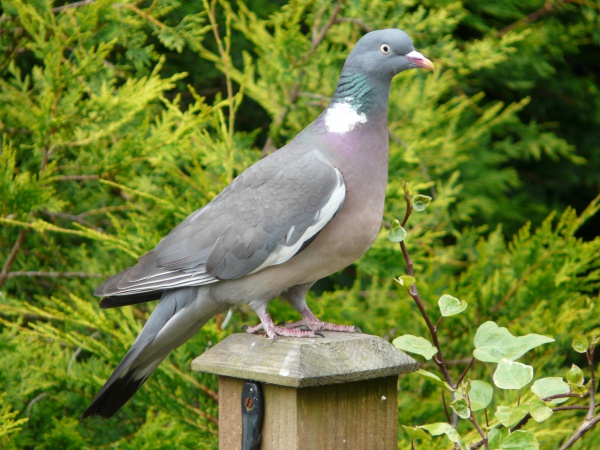Facts About Common wood pigeon
The common wood pigeon, scientifically known as Columba palumbus, is a prominent member of the dove and pigeon family, Columbidae. First described by Carl Linnaeus in 1758, this large bird is distinguished by five recognized subspecies, although one has since become extinct. Wood pigeons are easily identifiable by their impressive size, grey plumage, pinkish breast, and the distinctive white patches on their neck and wings. These birds are widespread across Europe and western Asia, with some populations engaging in seasonal migration.
Wood pigeons exhibit unique behaviors. They are known for their characteristic cooing call and social nature, often seen in flocks. During courtship, they perform notable aerial displays. They prefer nesting in trees, laying two white eggs in nests made of sticks. During the breeding season, males can be quite aggressive towards one another.
Their diet primarily consists of plant material, including leaves, shoots, fruits, and berries, but they also consume insects and larvae. Due to their feeding habits, wood pigeons are often considered pests by farmers and are legally hunted in many parts of Europe.
Interestingly, while they tend to be wary in rural areas, wood pigeons can become surprisingly tame in urban environments. They typically breed in autumn, and it takes about a month for their young to fledge. On average, a wood pigeon lives around three years, although some can live up to 17 years. The survival rate for juveniles in their first year is about 52%, and for adults, it's 61% annually.

 Slovenia
Slovenia